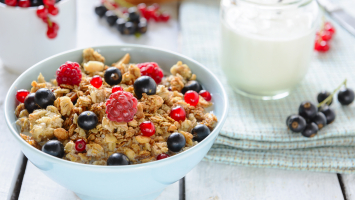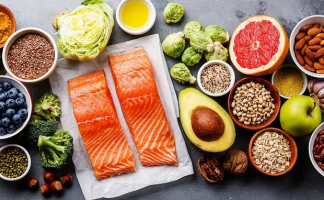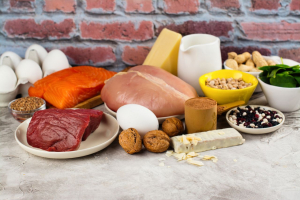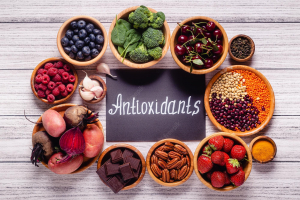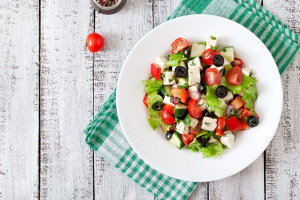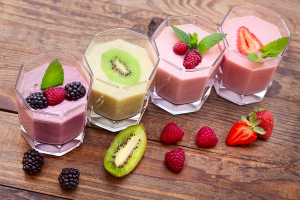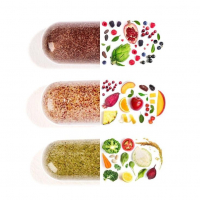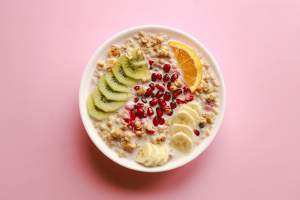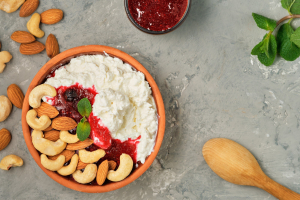Top 9 Best Healthy Foods Packed with Umami Flavor
One of the five primary flavors, along with sweet, bitter, salty, and sour, is umami. It has been known for more than a century and is best characterized as ... read more...having a savory or "meaty" flavor. The Japanese term "umami" denotes "a pleasant savory flavor". Umami detection, like the other fundamental tastes, is necessary for existence. A food's umami flavor alerts your body that it contains protein since umami chemicals are frequently found in high-protein diets. Your body then produces saliva and digestive fluids to aid in the digestion of these proteins. The greatest umami foods with unexpected health advantages are listed below.
-
Seaweeds are high in minerals and antioxidants yet low in calories. Due to the high glutamate level of these foods, they are also a fantastic source of umami taste. Because of this, kombu seaweeds are frequently used in Japanese cooking to give broths and sauces more depth. The amount of glutamate in 3.5 ounces (100 grams) of various kombu seaweeds is listed below:
- Rausu kombu: 2,290–3,380 mg
- Ma kombu: 1,610–3,200 mg
- Rishiri kombu: 1,490–1,980 mg
- Hidaka kombu: 1,260–1,340 mg
- Naga kombu: 240–1,400 mg
A 3.5-ounce serving of nori seaweed contains 550-1,350 mg of glutamate (100 grams). When compared to other seaweeds, wakame seaweed is an outlier, containing just 2 to 50 mg of glutamate per 3.5 ounces (100 grams). However, it's still in pretty good health.
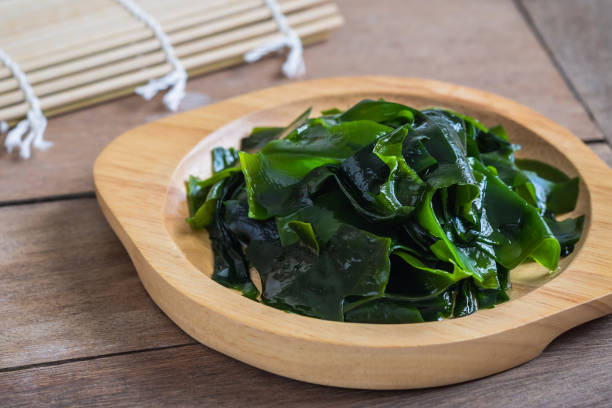
Seaweeds 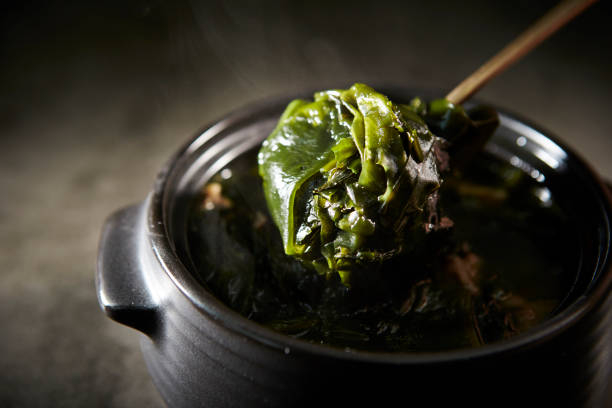
Seaweeds -
Soybeans, a legume that is a main ingredient in Asian cuisine, are used to make soy products. Despite the fact that soybeans may be consumed whole, they are frequently fermented or processed to create a variety of goods, including tofu, tempeh, miso, and soy sauce. Interestingly, because proteins are broken down into free amino acids, notably glutamic acid, during processing and fermentation, soybeans have a higher overall glutamate concentration. The glutamate amount per 3.5 ounces (100 grams) of several soy-based foods is as follows:
- Soy sauce: 400–1,700 mg
- Miso: 200–700 mg
- Natto (fermented soybeans): 140 mg
- Soybeans: 70–80 mg
Consuming soy-based foods has been associated with a number of advantages, including reduced blood cholesterol, enhanced female fertility, and fewer menopausal symptoms, despite the fact that soy is controversial owing to its phytoestrogen concentration.

Soy-Based Foods 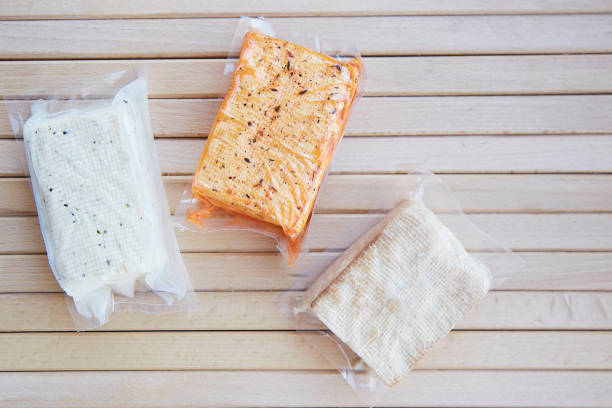
Soy-Based Foods -
Additionally, aged cheeses contain a lot of the umami substance glutamate. Through a process known as proteolysis, the proteins in cheeses degrade into free amino acids as they get older. Their levels of free glutamic acid increase as a result. The glutamate concentration per 3.5 ounces (100 grams) of various aged kinds of cheese is as follows:
- Parmesan (Parmigiano Reggiano): 1,200–1,680 mg
- Comte cheese: 539–1,570 mg
- Cabrales: 760 mg
- Roquefort: 471 mg
- Emmental cheese: 310 mg
- Gouda: 124–295 mg
- Cheddar: 120–180 mg
The longest-aged cheeses, like Italian parmesan, which is aged 24 to 30 months, usually contain the strongest umami flavor. Because of this, a small quantity may substantially improve a dish's flavor.
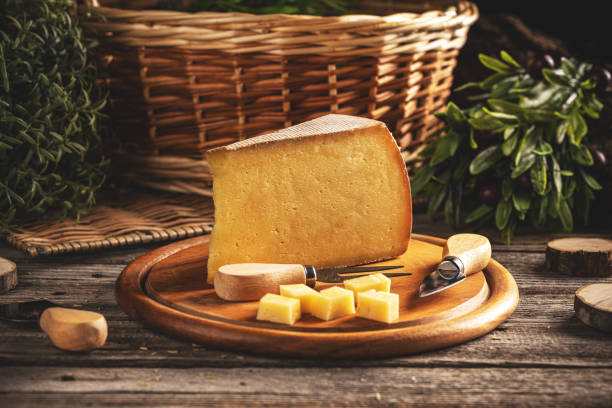
Aged Cheeses 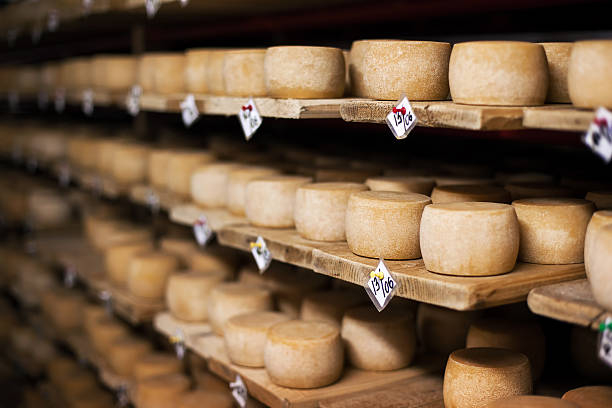
Aged Cheeses -
A typical side dish in Korea, kimchi is created with veggies and seasonings. These veggies are fermented with Lactobacillus bacteria, which helps the bacteria produce digestive enzymes like proteases, lipases, and amylases that help break down the vegetables.
Through the process of proteolysis, proteases convert the protein molecules in kimchi into free amino acids. This increases the umami substance glutamic acid's concentration in kimchi. Because of this, kimchi has a whopping 240 mg of glutamate per 3.5 ounces (100 grams). In addition to being rich in umami compounds, kimchi is also very nutritious and has been linked to health advantages including better digestion and reduced blood cholesterol levels.

Kimchi 
Kimchi -
Popular and highly beneficial is green tea. Its consumption has been associated with a number of possible health advantages, including a decreased risk of type 2 diabetes, lower levels of "bad" LDL cholesterol, and healthy body weight. Green tea also has a distinctive flavor that is sweet, bitter, and umami due to its high glutamate content. Per 3.5 ounces of dried green tea, there is 220-670 mg of glutamate (100 grams).
Theanine, an amino acid with a structure like a glutamate, is also abundant in this beverage. According to studies, theanine also contributes to the high amounts of umami compounds. However, catechins and tannins are the principal sources of green tea.
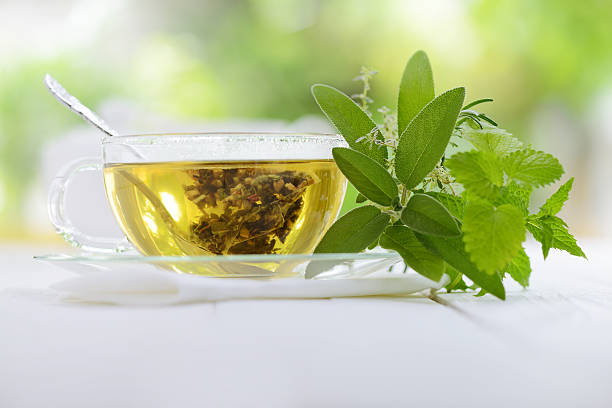
Green Tea 
Green Tea -
Umami chemicals are prevalent in a variety of seafood varieties. Inosinate, disodium inosinate, and glutamate can both be found in seafood in naturally occurring amounts. Another umami substance that is frequently added to foods as addition is inosinate. The glutamate and inosinate concentration per 3.5 ounces (100 grams) for various types of seafood is as follows:
- Dried baby sardines: 40–50 mg (Glutamate)
- Bonito flakes: 30–40 mg (Glutamate)
- Bonito fish: 1–10 mg (Glutamate)
- Tuna: 1–10 mg (Glutamate)
- Yellowtail: 5–9 mg (Glutamate)
- Sardines: 10–20 mg (Glutamate)
- Mackerel: 10–30 mg (Glutamate)
- Cod: 5–10 mg (Glutamate)
- Shrimp: 120 mg (Glutamate)
- Scallops: 140 mg (Glutamate)
- Anchovies: 630 mg (Glutamate)
Disodium inosinate and glutamate work together synergistically to enhance the umami flavor of foods that contain both. Chefs match meals high in glutamate with foods high in disodium inosinate to improve the overall flavor of a dish.

Seafood 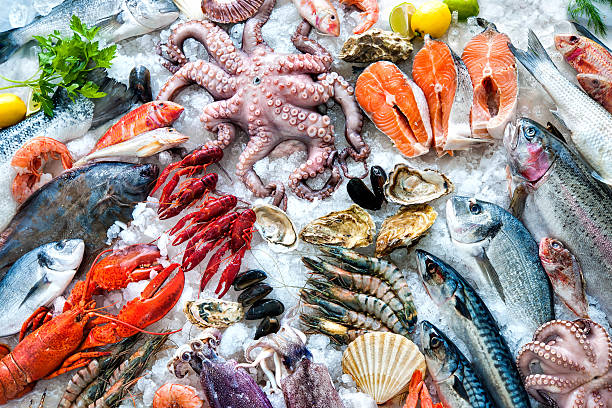
Seafood -
One of the finest plant-based sources of umami taste is tomatoes. In actuality, their high glutamic acid level is what gives them their sweet-yet-savory flavor. In 3.5 ounces (100 grams) of regular tomatoes, there is 150–250 mg of glutamic acid, while cherry tomatoes have 170-280 mg in the same amount. Additionally, when tomatoes mature, their glutamic acid content keeps increasing.
As the procedure concentrates glutamate and concentrates moisture, drying tomatoes can also increase their umami taste. Every 3.5 ounces of dried tomatoes has 650-1,140 milligrams of glutamic acid (100 grams). Tomatoes are an excellent source of a number of vitamins and minerals, in addition to glutamic acid, including vitamin C, vitamin K, potassium, folate, and plant-based antioxidants.
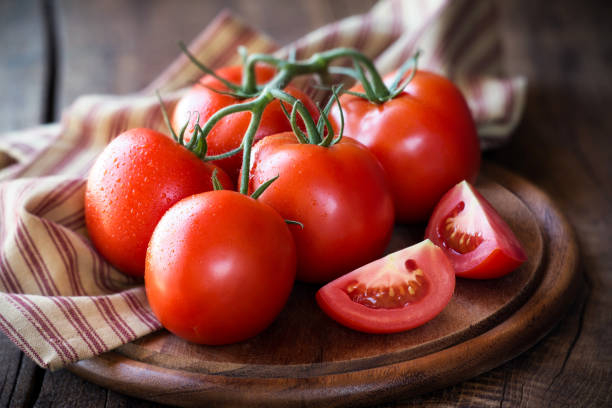
Tomatoes 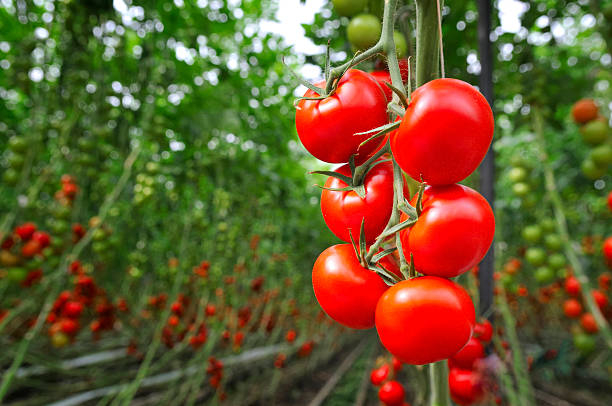
Tomatoes -
Another excellent plant-based source of umami taste is mushrooms. Similar to tomatoes, dried mushrooms can have much more glutamate in them. The amount of glutamate in 3.5 ounces (100 grams) of various mushrooms is listed below:
- Dried shiitake mushroom: 1,060 mg
- Shimeji mushroom: 140 mg
- Enoki mushroom: 90–134 mg
- Common mushroom: 40–110 mg
- Truffles: 60–80 mg
- Shiitake mushroom: 70 mg
Additionally rich in minerals, particularly B vitamins, mushrooms have been linked to possible health advantages including lowered cholesterol and enhanced immunity. Both raw and cooked, they are also adaptable, delectable, and simple to incorporate into your diet.
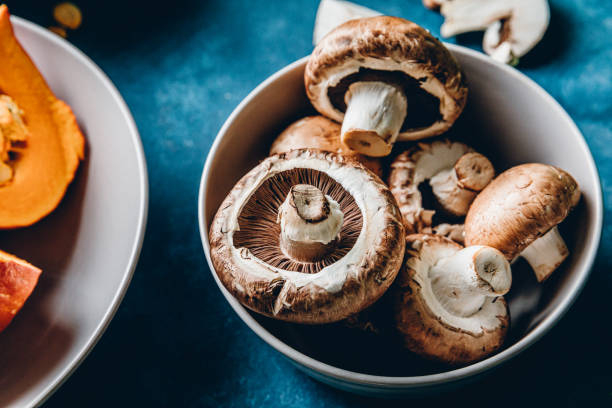
Mushrooms 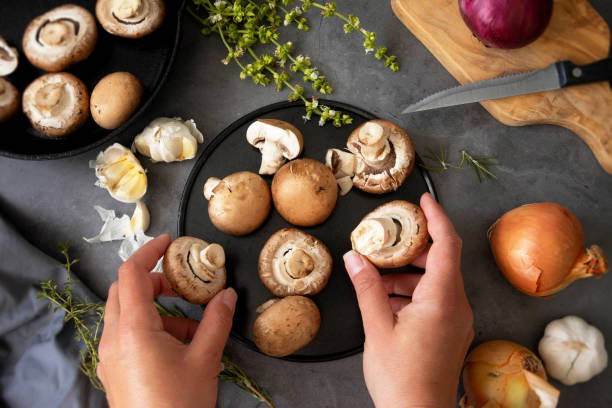
Mushrooms -
Meats are another food type that has a lot of umami taste. They naturally contain glutamate and inosinate, much like shellfish. The glutamate and inosinate concentrations of various types of meat per 3.5 ounces (100 grams) are as follows:
- Bacon: 198 mg (Glutamate)
- Dry/cured ham: 340 mg (Glutamate)
- Pork: 10 mg (Glutamate)
- Beef: 10 mg (Glutamate)
- Chicken: 20–50 mg (Glutamate)
Because these processes break down intact proteins and produce free glutamic acid, dried, aged, or processed meats have significantly more glutamic acid than fresh meats. Chicken egg yolks, while not meat, are also sources of umami taste, with 10-20 mg of glutamate per 3.5 ounces (100 grams).
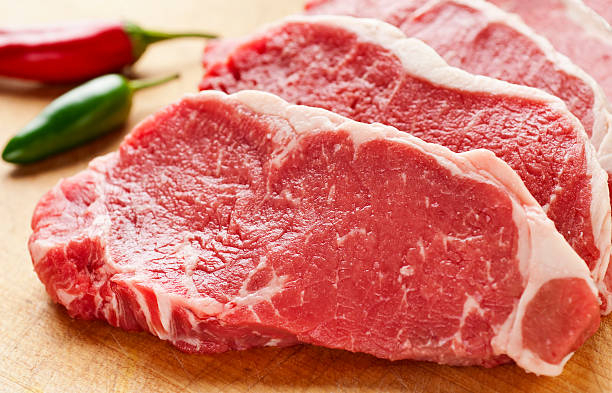
Meats 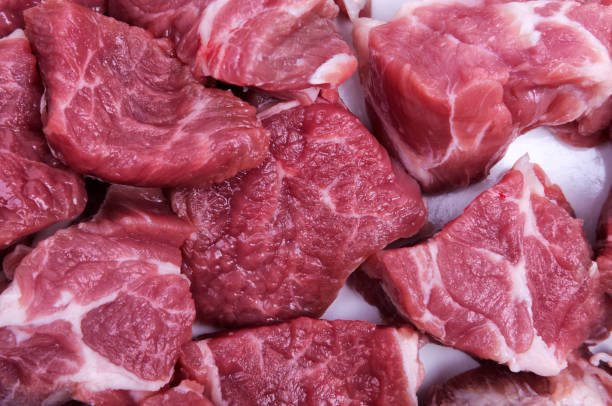
Meats











